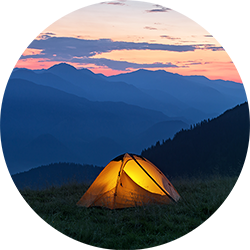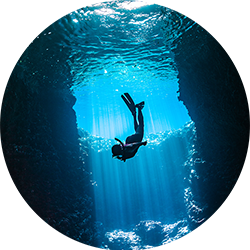Everest Base Camp Trek Distance Breakdown: What to Expect
The walk to Everest Base Camp is one of the most famous high-altitude treks in the world. It draws hikers from all over the world with its beautiful views of the tall mountains, namely Cho Oyu, Mt. Makalu, Mt. Lhotse, and Mt Everest. However, it's important to know the Everest base camp trek distance to help you plan the journey and set goals.With 65 km going each way, the normal path from Lukla to Everest Base Camp and back is about 130 km long. Although that might seem like a lot, the entire trek, including rest and acclimatisation, takes place over 12 days. With longer walks on easier ground and shorter ones at higher elevations, the daily distances are usually between 6 and 15 km. The uneven rocky paths, high altitude, low oxygen levels, sharp ascents, and open mountainsides make the route tougher than forest trails or low-altitude treks.However, you can complete the walk with the right training, although it may test your endurance.
To make the entire Everest base camp trek length, several trekking organisations offer porter assistance, allowing you to carry just a daypack. Moreover, there are breaks built into the itinerary to help your body get used to the new environment. Therefore, if you want to cross Everest Base Camp off your bucket list, take it gradually, stay steady, and let the altitude guide your pace.
Everest Base Camp Trek at a Glance:
1. Total Trek Distance: ~130 km (round trip)2. Maximum Altitude: 18,520 feet (Kala Patthar)
3. Trek Duration: 11–14 days
4. Map Route: Lukla → Namche → EBC → Kala Patthar → Lukla




